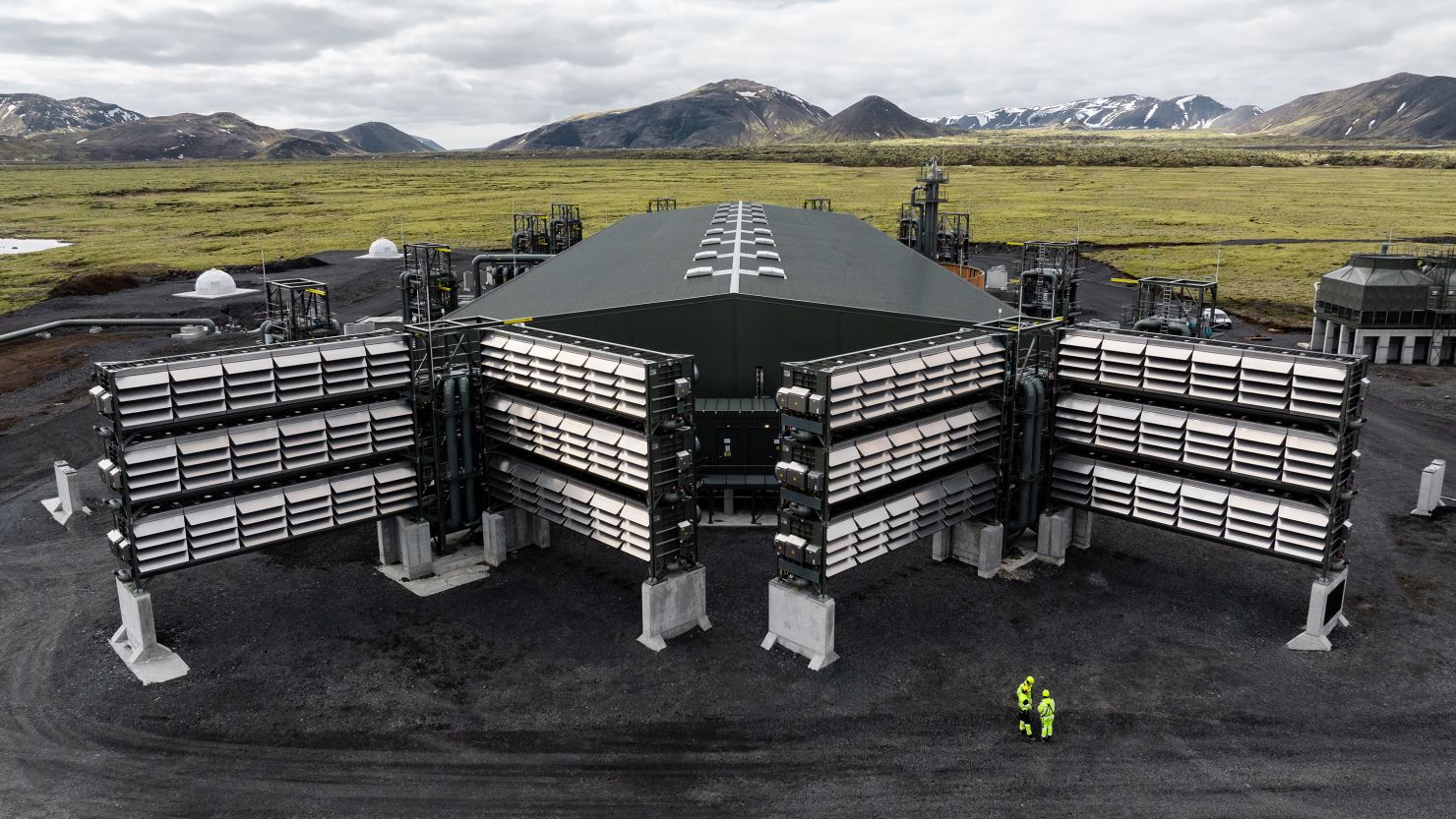((Machine translation from Reuters, please see disclaimer https://bit.ly/rtrsauto))
(Company Comment, Land Distance, and Company Information added, paragraphs 4 and 12) Written by Steve Gorman
A lunar lander built by Houston-based Intuitive Machines reached lunar orbit on Wednesday, headed toward attempting the first American landing on Earth's closest celestial neighbor in more than 50 years, and the first landing ever by a private spacecraft.
The six-legged Nova-C lander, named Odysseus, entered a circular orbit 57 miles (92 km) above the lunar surface after firing its main engine for about seven minutes as part of an orbital insertion maneuver, the company said in an online message. statement.
If all goes as planned, the robotic spacecraft is expected to gradually lower its orbit over the next 24 hours and land in Malabert A crater, near the moon's south pole, at 5:49 p.m. EDT (2249 GMT) on Thursday. , with startup. A series of scientific instruments and technology demonstrations for NASA.
Odysseus remains in “excellent health,” the company said, adding that for the duration of its lunar orbit about 239,000 miles (384,000 kilometers) from Earth, mission controllers in Houston will monitor the spacecraft's flight data and transmit images of the moon.
Odysseus was launched six days ago, on February 15, aboard a Falcon 9 rocket built by Elon Musk's California company, SpaceX, from NASA's Kennedy Space Center in Cape Canaveral, Florida.
If the landing is successful, the IM-1 mission will mark the first controlled descent to the lunar surface by an American spacecraft since Apollo 17, when NASA's last manned mission to the moon, with Gene Cernan and Harrison Schmidt, launched there. 1972.
It would also be the first “soft landing” on the moon ever by a commercially manufactured and operated vehicle, and the first under NASA's Artemis lunar program, in which the United States is working to return astronauts to Earth's natural satellite before China lands its own rover. A manned spacecraft is there.
The IM-1 mission comes about a month after another company's lunar lander, Astrobotic Technology, suffered a propulsion system leak on its way to the Moon, shortly after it was placed into orbit on January 8 by United Launch Alliance (ULA) Vulcan. . The missile that was making its maiden flight.
The malfunction of the Astrobotic lander, which also carried NASA payloads to the moon, was the third time that a private company had failed to touch lunar soil, after failed efforts by Israeli and Japanese companies.
These incidents illustrate the risks NASA faces in relying more heavily than in the past on the commercial sector to achieve its spaceflight goals.
Although considered a straightforward instrument mission, the IM-1 flight carries six NASA instrument payloads intended to collect data on the lunar environment ahead of NASA's first crewed Artemis mission to perform on the Moon later this decade.
Intuitive Machines was founded in 2013 by Steven Altimos, the former deputy director of NASA's Johnson Space Center in Houston who now serves as president and CEO of the company.
NASA announced last month that it would postpone the target date for the first manned lunar landing of the Artemis rover from 2025 to the end of 2026, while China said it was targeting 2030.
Small landers like Nova-C must first reach the Moon, carrying on board instruments to closely study the lunar landscape, its resources, and its potential hazards. Odysseus will focus on interactions between space weather and the lunar surface, radio astronomy, precision landing techniques, and navigation.
So far, spacecraft from only five countries have landed on the moon: the United States, the former Soviet Union, China, India, and most recently, last month, Japan.

“Hardcore beer fanatic. Falls down a lot. Professional coffee fan. Music ninja.”







More Stories
You can easily find your messages in WhatsApp thanks to this new button
OpenAI competes with Google?
But what is the point of that?